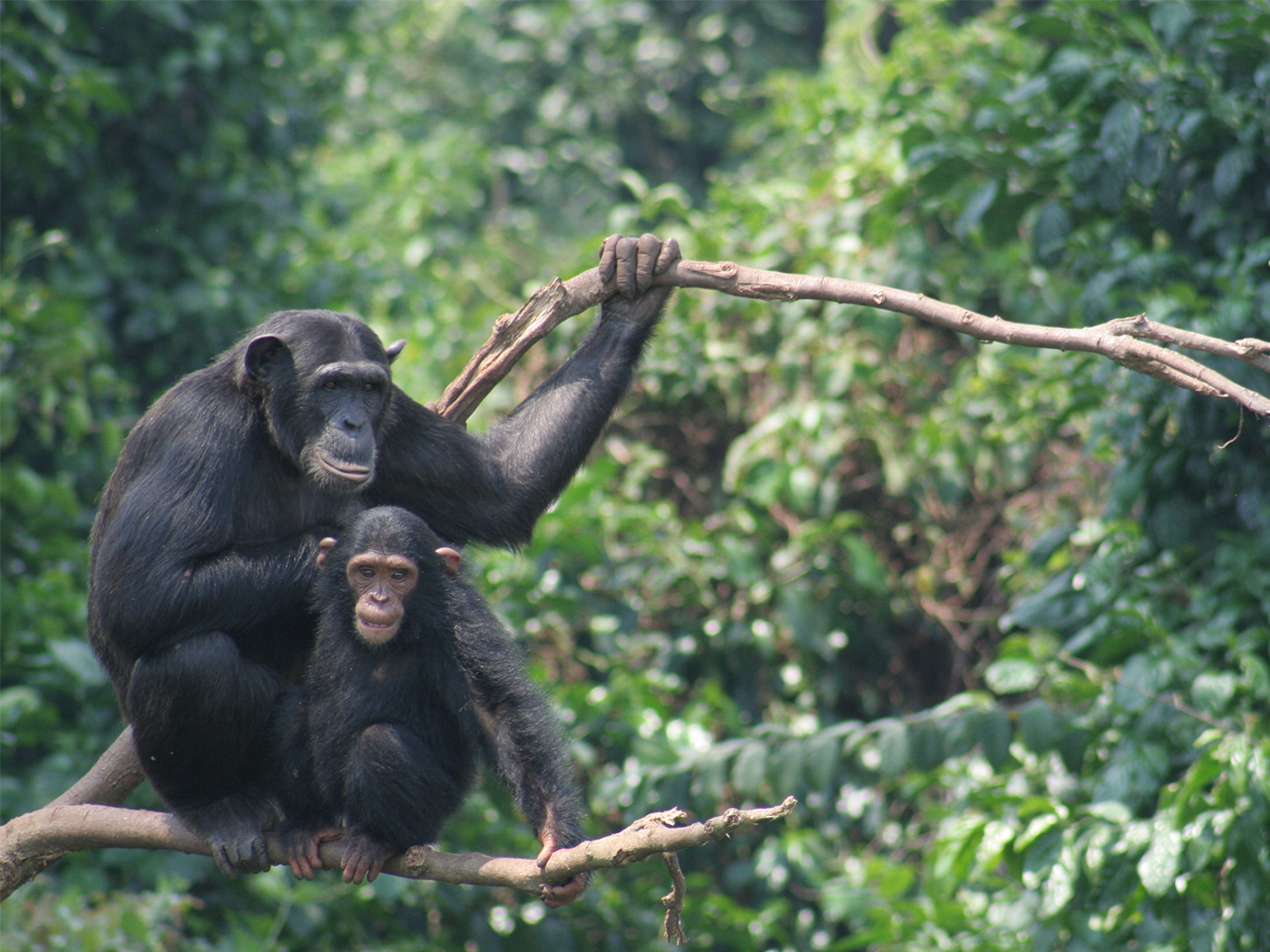The evolution of mammals from non-mammals, like the evolution of all other animal groups, has been, and will always be, problematic. English paleontologist Michael Benton stated, “The origin of the Placentalia, the crown group including modern placental mammals and their ancestors, is a much-discussed question.”1
Placental mammals are a group called the Eutheria, which “probably arose during the Cretaceous.”2 Recently, research on the skulls of these animals has been conducted to determine how this group spread.3
A groundbreaking new research project has analyzed the evolution of the placental mammal skull using 3D scans of 322 specimens housed in more than 20 international museum collections, and crafted a new model of how mammals diversified based on the emerging patterns.4
“The study also shows remarkable similarities, or convergence, among placental mammals with most mammal skull shapes evolving in much the same way throughout the fossil record.”4 Convergence, the perceived independent development of biological solutions to environment challenges, is commonly asserted by evolutionists when they can’t perceive the evolution of an animal—in this case, placental mammals. In their own words, these creatures are yet "another example of similarity in structure that cannot be explained as evolutionary descent from a common ancestor"5 The Science article stated, “Frustratingly, highly similar ancestral shape estimates for placental mammal superorders suggest that their earliest representatives may continue to elude unequivocal identification.”3
Indeed, placental mammals have always been placental mammals. Their ancestors or early members, creationists predict, will not be found.
Despite there being many fossil mammals from the right time period, identifying fossils that represent the ancestors or early members of the placental mammal group, which would have lived in the late Cretaceous, just before the dinosaur extinction, has been a major debate among scientists.4
Team leader Prof. Anjali Goswami at the Natural History Museum of London stated,
"This research will transform how we understand the incredible radiation of placental mammals, a group that includes our own species, and how that critical period after the last mass extinction 66 million years ago has shaped over evolution ever since."4
The evolutionists speak of “adaptive radiation (rapid evolution which fills a variety of ecological niches) of mammals” and “the incredible radiation of placental mammals” but they are still just placental mammals according to their various kinds designed by the Creator to move in and fill the variety of ecological niches.
The Science article recognizes inconsistencies between evolution’s theory and evidence when it states, “The Cenozoic diversification of placental mammals is the archetypal adaptive radiation. Yet, discrepancies between molecular divergence estimates and the fossil record fuel ongoing debate around the timing, tempo, and drivers of this radiation.”3
Thus, it can be concluded that there is no real evolution occurring, just adaptation to the environment.
Regardless, throughout the article, reference is made to ‘evolution.’ But evolution is assumed rather than proved. For example, the article listed that whales, manatees, seals and walruses are “fast evolvers”4 even though they have no known evolutionary ancestors.6
The article stated, “Unexpectedly, the groups of mammals with the most species, rodents and bats, don't appear to evolve very quickly...”4 This is hardly an unexpected finding for the creationist. They have not evolved at all!7 Rather, we see in all mammals the intelligence of the mighty Creator who engineered these animals to live and move in a variety of ecosystems.
References
1. Benton, M. 2015. Vertebrate Paleontology. Wiley Blackwell. 341.
2. Allaby, M. 2020. Dictionary of Zoology. Oxford University Press. 228. Emphasis added.
3. Goswami, A. 2022. Attenuated Evolution of Mammals Through the Cenozoic. Science. V 378:377-383.
4. Science Writer. Social mammals evolve faster than solitary ones, according to new study of evolution. Posted on Phys.org October 28, 2022, accessed October 29, 2022.
5. Parker, G. 2006. Creation: Facts of Life. Green Forest, AR: Master Books. 46.
6. Thomas, B. Vital Function Found for Whale ‘Leg’ Bones. Creation Science Update. Posted on ICR.org October 6, 2014, accessed October 28, 2022; Sherwin, F. and Tomkins, J. New Whale Fossil Harpoons Evolution. Creation Science Update. Posted on ICR.org May 31, 2018, accessed October 27, 2022; See also section 12.5 of Denton, M. 2016. Evolution: Still a Theory in Crisis. Discovery Institute Press.
7. Frank Sherwin, D.Sc. (Hon.). 2016. The Rodent Record. Acts & Facts. 45 (4).; Sherwin, F. Bats have Always been Bats. Creation Science Update. Posted on ICR.org April 28, 2020, accessed October 27, 2022.
* Dr. Sherwin is Science News Writer at the Institute for Creation Research. He earned an M.A. in zoology from the University of Northern Colorado and received an Honorary Doctorate of Science from Pensacola Christian College.










